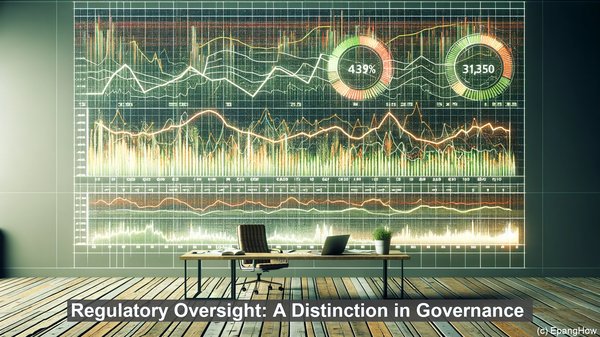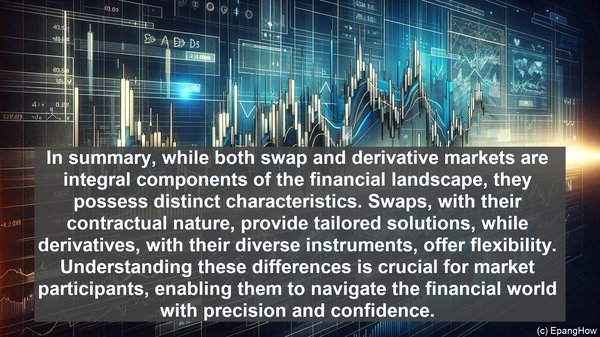Introduction: The Vast Landscape of Financial Markets
Hello, and welcome to our article on the distinction between swap markets and derivative markets. As we dive into this topic, it’s crucial to understand that the world of finance is incredibly diverse, with numerous market types catering to various needs and strategies.
Defining the Swap Market: A Contractual Exchange
The swap market primarily revolves around contracts. In a swap, two parties agree to exchange cash flows based on specific parameters. These parameters can include interest rates, currencies, or even commodities. The underlying goal is to manage risk or speculate on future market movements.
Exploring the Derivative Market: Instruments of Diverse Nature
Derivative markets, on the other hand, encompass a broader range of instruments. While swaps are derivatives themselves, the derivative market extends beyond them. Options, futures, and forwards are all examples of derivatives. These instruments derive their value from an underlying asset, such as a stock, bond, or commodity.
Risk Management: A Shared Objective
Both swap and derivative markets serve as tools for risk management. By engaging in these markets, participants can hedge against potential losses or capitalize on favorable market conditions. However, the specific risk exposures and strategies differ between the two.

Market Accessibility: Varying Degrees of Reach
In terms of accessibility, derivative markets often have a more extensive reach. They are frequently traded on exchanges, allowing for greater liquidity and ease of entry. Swap markets, on the other hand, can be more customized and tailored to specific needs, often involving over-the-counter (OTC) transactions.
Regulatory Oversight: A Distinction in Governance
Regulatory oversight also differs between swap and derivative markets. Derivatives, especially those traded on exchanges, are subject to more standardized regulations. Swap markets, particularly OTC swaps, have seen increased regulatory scrutiny in recent years, aiming to enhance transparency and mitigate systemic risks.

